Through numerous social media apps and platforms, classical music is getting packaged into shorter avatars, becoming a commodity for instant gratification. Is this trend desirable for the artist and for the art form?.
Last year Abby V, a Canadian born singer of Indian origin became a huge sensation on social media with his 13-minute video on 73 Indian ragas. Featuring the singer inside a well designed contemporary house, the video explores each raga in a question-answer format. An interviewer names a raga and the singer sings it for a few seconds. Starting from Behag, Abby gives viewers a whiff of numerous ragas including Kalyani, Abhogi and Mukhari in Carnatic to Shuddha Sarang and Bhageshree in Hindustani. The video became viral in a few weeks and has crossed more than six lakhs views on YouTube. This also has become a big breakthrough for him in the digital space.
In the age of social media, there is an overabundance of options for a musician to be discovered and go viral. Spotify, IGTV, Reels, Shorts — help musicians to produce and package their music in a visually appealing manner. Since the pandemic, all sorts of music is coming out through these platforms. If there was an economy around it before, it’s thriving now. The algorithm learns something new every day about people’s interests, making it easier for a content to reach its target audience. Now that everyone knows about the role of algorithm, content makers have started targeting it.

Thirty-second music reels get more attention than a longer post. Music streaming apps like Spotify put out royalties when a song is streamed for just 30 seconds. Naturally, musicians are prioritising shorter, catchier versions of songs. This is changing the listening patterns of the masses as well. Everything is coming down to ‘human attention’. It has begun to cost, quite literally. Popular genres like film and independent music are quickly adapting to the situation. How has a genre like Indian classical music/musicians (synonym for perseverance) tackled the fast pace of an attention economy-driven society?
Music as a spectacle
Indian classical music is like an old grandmother tree, with branches that provide shade and hold people together. In its truest essence, It’s a spiritual journey that goes inward. It has witnessed people’s spiritual quest to reach that shade. It has witnessed changes around it, it has seen generations pass through. The one defining factor of this genre of music is that it is the opposite of temporal. It’s a journey that requires patience, hard work and perseverance. Taleem( preparation in Guru- Shishya tradition) constitute the most important part of traditional music education in India. “A strong foundation with hours of daily practice and listening is important when it comes to Classical Music.” says Tabla artist, Sumith Naik. We are all familiar with tales of rigorous practice sessions of the musical maestros.
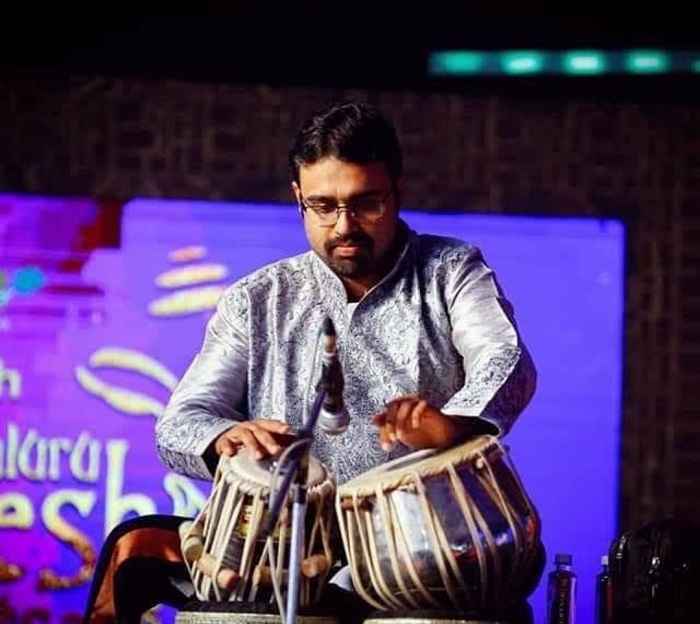
For a genre that has a slow, consistent pace for development, the medium of production and distribution has drastically changed. The process is a lot quicker than before. Earlier days, when a student starts his/her musical education, the Guru decides the time of their first performance and exposure to the outside world.
The attention economy nurtured by social media has built its web all across the country (read world) and we are witnessing the reign of autocratic ‘attention capitalism’. Music has become quantifiable. Guy Debord in his book, ‘The Society of the Spectacle’ writes, “In societies where modern conditions of production prevail, all of life presents itself as an immense accumulation of spectacles. Everything that was directly lived has moved away into a representation.” One can trace striking parallels of this in contemporary reality. Forefronting this into classical music, we can see how for many (not all), classical music is represented out there in the virtual world, through sargam challenges and ‘revival’ of bandishes when in reality, questionable effort goes into the daily practice which the music demands.
Riaz in the age of reels
Social media provides visibility, but when an economy develops around it, visibility is associated with value. More visibility, more the value. More the ‘likes’, more the value. This creates a regressive pseudo environment for any community that consumes social media. For classical musicians, the authenticity of their music and musical journey could easily be lost in the virtual world of likes which has commodified music.
Instagram reels and YouTube shorts are the latest of the various manifestations of modes of representation. A 30-second reel gets larger views than a longer version. Instagram forefronts reels to their users. The explorer page is usually full of the most popular reels. For this reason, masses develop a tendency to post reels or shorter content. It will impact music consumption and production.

The attention span of the majority crowd could become shorter. Even the popular genres of music face the repercussions of this. If we look at the number of views for a 40-minute concert of Ustad Bade Ghulam Ali Khan, it is always way below the attention a “shorter cover” of the same receives. For classical musicians, their quest seems harder than ever. A major part of the Practice is listening. With this increasing fragmentation of our attention, the listening habit of the masses could alter. “Classical music concerts stretch for hours,” says Megha, a music student, who is pursuing English Literature at EFL University, Shillong. “So does our Riaz. Since I am a student of music, I can easily listen to a raag for hours. But I doubt if the majority of crowds could.”
False aspirations
Hegel’s prophetic words “The false is a moment of truth” (written in 1807) astoundingly make sense in this age of virtual reality. Now that music has become quantifiable, the number of likes decides the significance and prominence of a piece of music. If not everyone, the majority of the crowd has begun to consider the ‘number’ as an important criterion of ‘success’. Frequently, it projects a false notion of significance.
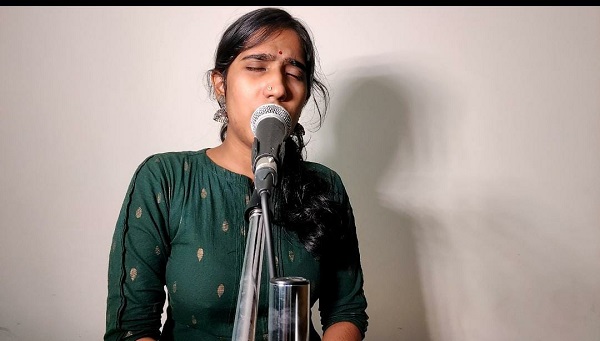
Naik, says “the number of likes and shares end up giving a wrong sense of achievement to the students. It could create a misconception among majority listeners”. Indian classical music is an internal journey of consistent work. The performative, outward nature of social media markets is the direct opposite of this. “It’s often the beginner and intermediate students who get stuck in this loop of short-lived validation. The number of likes on the videos they post from day one of their education could seriously tamper with their musical education and growth. For the advanced, this space provide opportunities.”
The vocal training gives importance to raw, open singing. There is scope for every kind of modulation within classical music. The technological intervention and sound effects are not ideal for students who pursue classical music. “When we post something, we are tempted to modulate/adjust our voice and singing according to what the majority crowd demands”, says Shwetha, a music student. The emerging video dominated market has also started to influence the production. Shwetha continues, “Even our appearance ‘influences’ the views. Ideally it should be our musical quality.”
For classical music aspirants, there is a conflict of interest. Living in a virtual world of representation offers fleeting jolts of validation. One gets absorbed into this loop of creating content that matches the popular consumerist behaviour (algorithm). This can affect the riaz ( practice routine) and the journey. Classical music students who pursue the traditional way of learning are at a difficult juncture. There is a constant (illusionary) pressure to represent. Finding a balance proves difficult.
Is there scope?
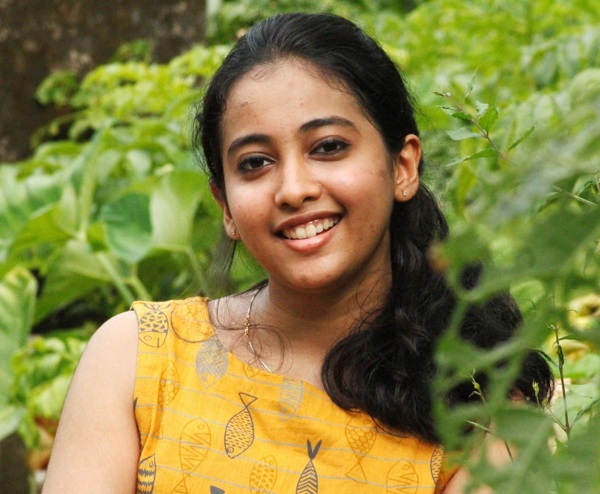
Mazha S Muhammed, a classical music and sociology student says, “Social media has certainly democratised classical art forms.” Certainly, people have more access to music. There are conversations and workshops. Accessibility which often depended upon socio-cultural barriers has opened up this genre to the masses. Naik says, “There are promising musicians who will take the culture forward. Online platforms have enabled unimaginable possibilities to pass the knowledge among students “. One has a wide range of collections of Artists to listen to. There is an increasing number of virtual music communities that focus solely on traditional music. The geographic limitations are slowly starting to blur.
The appearance of palta challenges and sargam challenges in the algorithm of the music community has popularised classical music. But it threatens to remain just that, appearance. Appearances end up targeting the trends. And often in the world of appearances, experienced, deserving artists get side-lined. “It could also lure you into a stagnant loop where you end up craving for attention. These initiatives often limit yourselves to the image-saturated world of media,” says Mazha. Many communities blissfully live in their villages, unaware of and unexposed to the virtual market. Videos of many such incredibly talented artists pop up on the feed to become viral. But sadly, other people make money out of it while they live, unaware of the commotion their music creates in the virtual media.
“Often, a majority of the public surrender to peripheral instant pleasure rather than the profound elation one can achieve through gradual effort,” says Megha. “People fail to enjoy a Khayal, a Ghazal, or a Carnatic or Hindustani recital, perhaps because of the slow pace with which it can send people into transports of delight, unlike the instantly pleasing short versions.” Our culture is increasingly becoming performative. Riaz is a process, which in itself takes years to master. Manifesting something like that to a consumerist culture format is a pain wrecking task. It all comes to choosing what one needs. “Music in itself is a personality development course for those who wish to pursue it seriously” says Naik. One could either explore the lived reality, dive deep, or merely represent and be a part of the spectacle, or find that perfect balance. Awareness is the key. The grandmother tree shall remain as she is, with its ever growing branches, waiting.


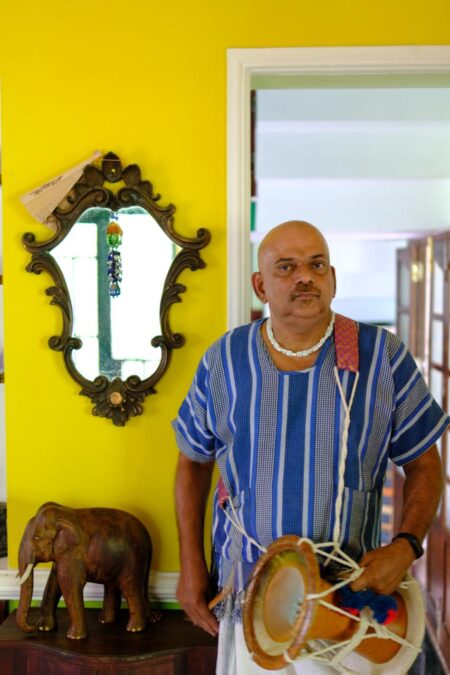
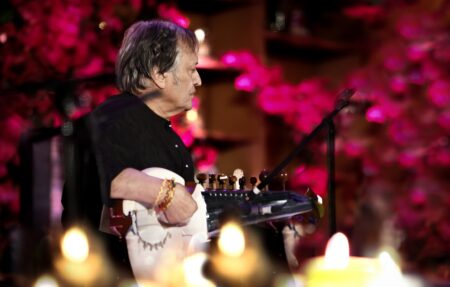
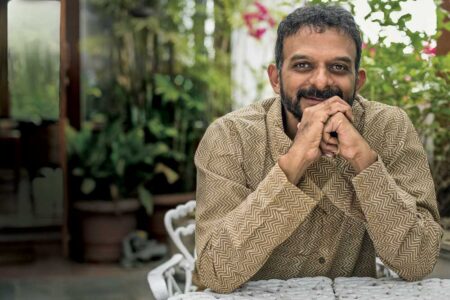
2 Comments
Brilliant
In today’s times, one cannot rely on pure classical music for survival. One should sing popular stuff as well. Even in classical music, the presentation should be compact, and catchy. Need of the time, to present more content, in less time. Also, the concept of Number of views is very relative. Only the knowledgeable audience, will watch the full classical concert, where as an ordinary person, will only watch the trailer.